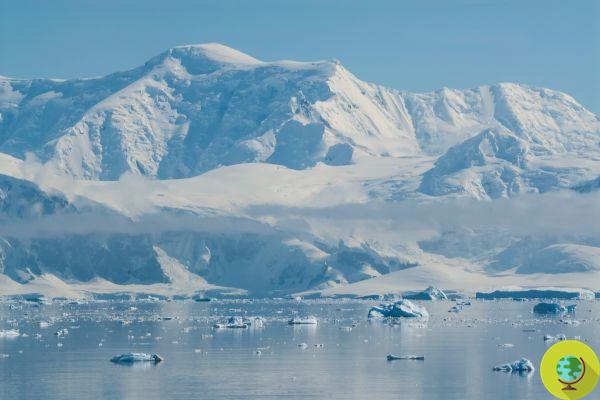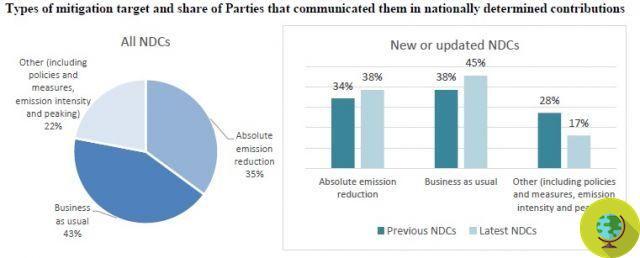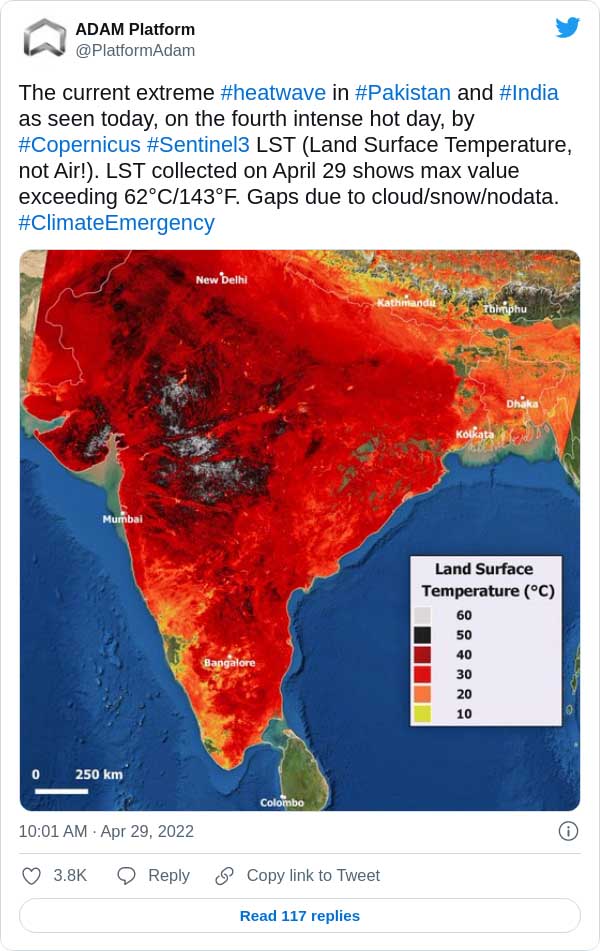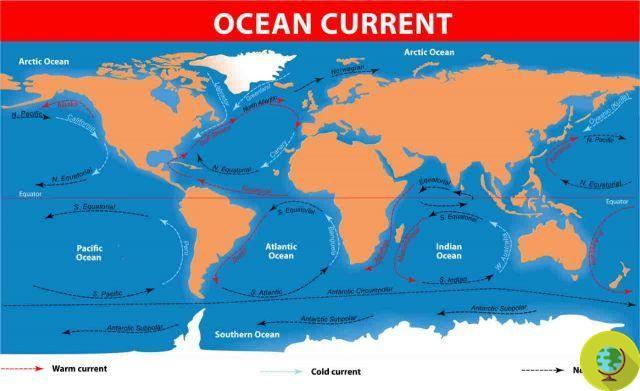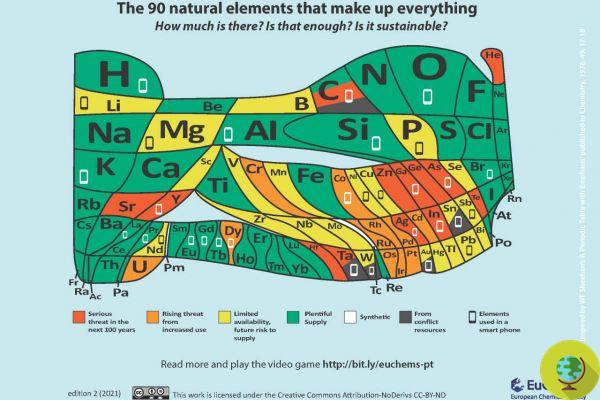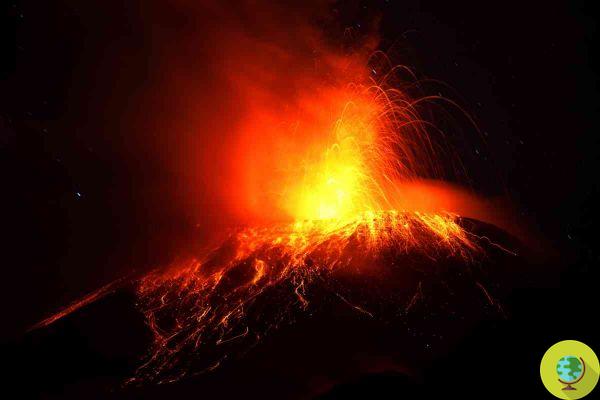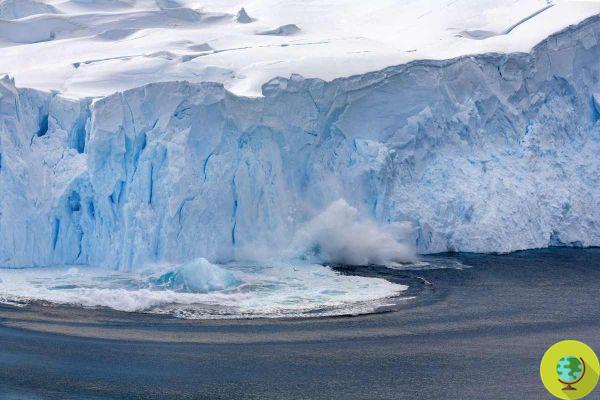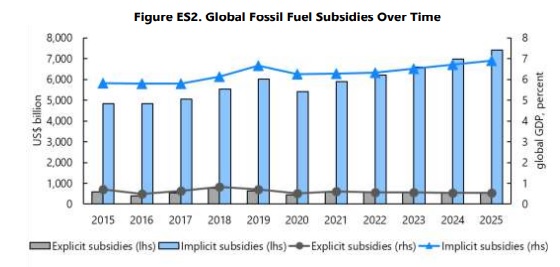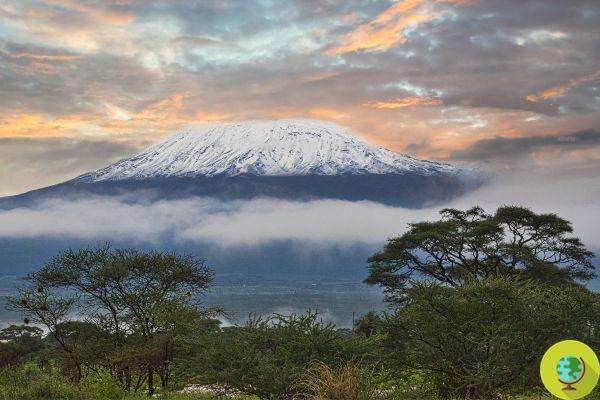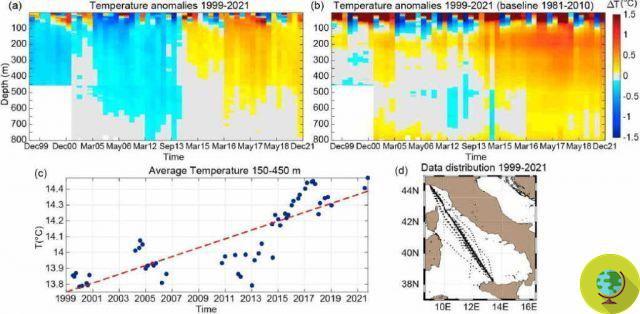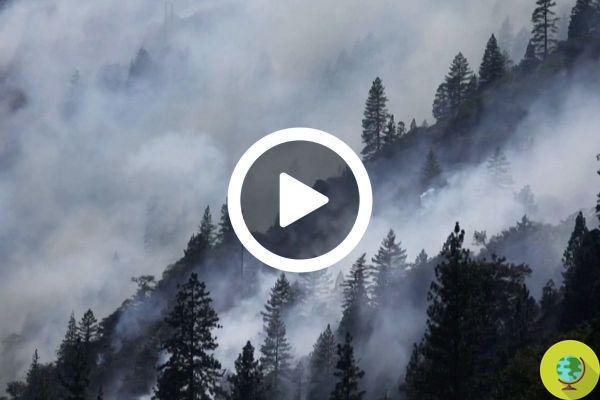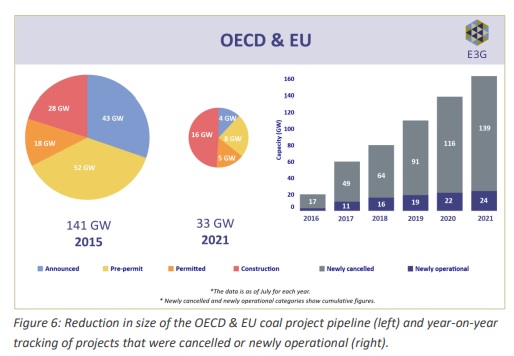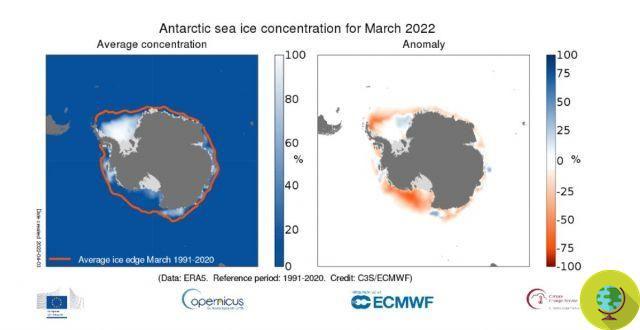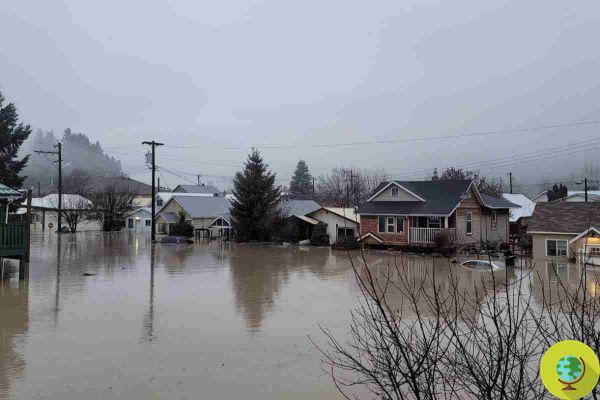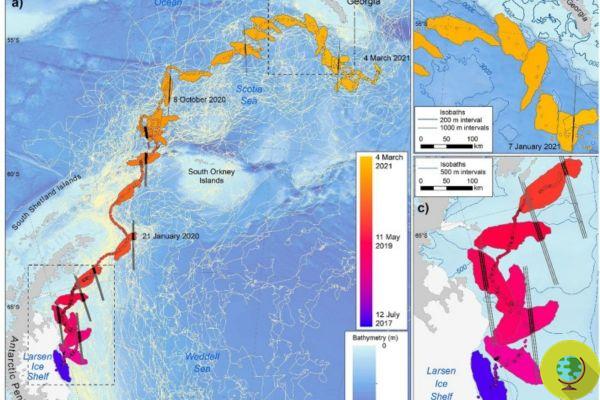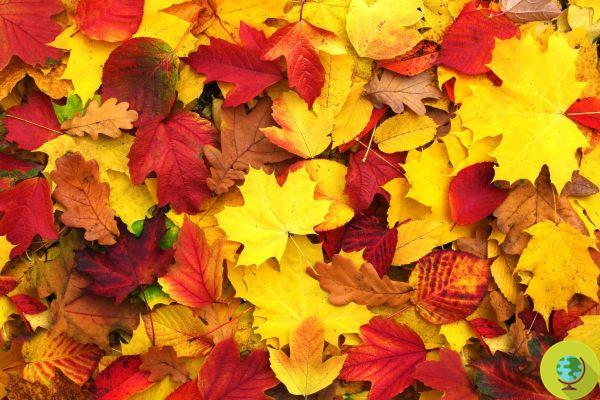
Climate change is lengthening the growing season of trees and altering the leaf coloring process in the fall
He is about to end up run over, his mother saves himClimate change is lengthening the growing season of trees and altering the leaf coloring process typical of autumn, but maybe there is something we can still do
Autumn leaf color is one of the most evocative natural spectacles of all, but unfortunately this too is starting to be irremediably compromised by climate change: the persistence of a very hot and humid climate in the north-east of the United States is in fact changing the color of the leaves.
The alarm was raised by forest scientist Marc Abrams, Professor of Forest Ecology and Physiology at Penn State University, author of numerous studies on eastern North American forests, of which he is an expert. For nearly four decades, Abrams has studied how seasonal rainfall and temperature affect the timing and intensity of fall colors in central Pennsylvania.
Since 1980, the region's average temperature has increased by 0,37 ° C, while rainfall has increased by about 8% (8,6 centimeters more rainfall each year). This increase in rainfall causes trees to grow faster and counterbalances the rise in temperatures. In the west of the country, however, which is getting drier, the effects of climate change on trees are devastating.
In general, trees in the eastern regions of the United States are adapting better to climate change thanks to more frequent and abundant rainfall. In addition to this, also the important presence of carbon dioxide in the atmosphere helps to stimulate photosynthesis in plants: in practice, the greater the amount of CO2 in the environment, the greater the growth of plants thanks to photosynthesis.
However, this is not good news: in fact, there are natural limits on the amount of photosynthesis that plants can carry out without consequences. For now, climate change has lengthened the growth period of trees in this region by around 14 days: due to this, the diameter of trees grows at a much faster rate than in the past and this is especially evident in younger trees. .
Autumn leaf colors occur when the growing season draws to a close and plants finish the process of photosynthesis: trees stop producing chlorophyll, the green pigment in their leaves, which is able to absorb energy from sunlight. and bring out other pigments such as carotenoids (orange), xanthophylls (yellow) and anthocyanins (red). The lengthening of the growing season delays and alters this natural transformation of the leaves, revolutionizing the whole autumn.
Last night in the Public Garden. A few trees finally turned just in time for this week’s Nor’easter. @ericfisher @sarahwroblewski @NWSBoston @FOPG @TheBostonCal @NikonUSA #Boston #fallfoliage pic.twitter.com/aui1QXRze9
— JackDarylPhotography (@jackdaryl) October 25, 2021
Forests shade the earth and absorb carbon dioxide from the atmosphere as a result it is so important to protect them. Local authorities can help trees by increasing forest biodiversity, introducing trees that are highly adaptable to a changing climate and promoting the growth of spontaneous vegetation in surrounding areas. Only in this way will it be possible save autumn and its beautiful colors.
Follow your Telegram | Instagram | Facebook | TikTok | Youtube
Fonte: Penn State University, The Conversation
We also recommend:
- The legend of chestnuts and the green fairy that makes us rediscover the magic of autumn
- In 20 years, forests may no longer be able to absorb our carbon emissions. I study
- Climate: Earth's breath measured for the first time




